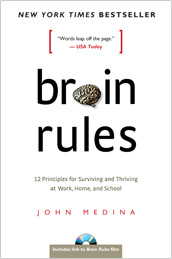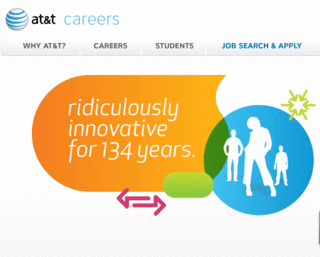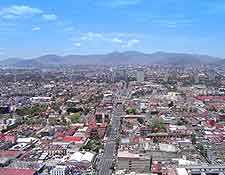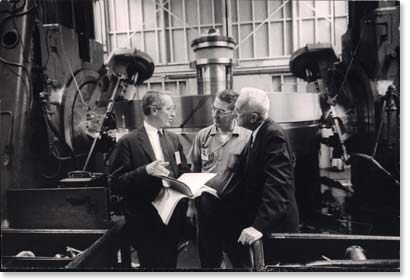As you know, if you've read the first edition of this series, I promised you a description of how your job can be compared to a Gold Miner's, and how this analogy should be in the forefront of your mind at all times if you want to consistently add value to your office and company.
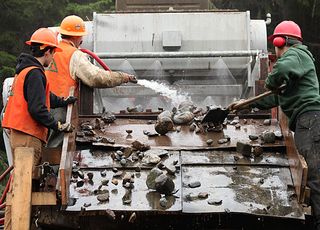 My current favorite cable TV show is a program called "Gold Rush Alaska." If you haven't seen it, I highly recommend starting from the very beginning through on demand or via the Discovery Channel on the internet.
My current favorite cable TV show is a program called "Gold Rush Alaska." If you haven't seen it, I highly recommend starting from the very beginning through on demand or via the Discovery Channel on the internet.
The program is about a small team of unemployed, blue collar workers from Sandy, Oregon, who spend their last dollars on equipment and leasing of a promising piece of land in Alaska, with the hopes of finding gold. I love watching this team of inexperienced, but mechanically savvy guys think their way through a series of mistakes, alternatives, fixes, injuries, and mechanical changes in order to capture every flake of gold, while discarding all unnecessary rocks and gravel.
The reason your job has become very much like theirs is that yours no longer provides easily found gold (new or experienced agents) by stumbling over nuggets as you walk along the river bed. In fact it's gotten downright difficult.
One of the most fascinating themes to watch as the series progresses is how each and every piece of the entire system is vital to the success of finding LOTS of gold....or none at all. In each episode the workers spend most of their time assessing each and every part of the process. This kind of diligence and attention to the overall process is crucial for effective and efficient recruiting as well. In fact, many similarities can be drawn between gold mining and agent recruiting. Here is a description of some of the machinery used in gold mining and how it relates to the sourcing of agents:
- Large Backhoe to dig up large amounts of dirt and rocks: This is your first stage of sourcing candidates. These numbers must be sufficiently large enough that you KNOW that there must be gold (great hires) in the volume. This process includes continually broadening your network, increasing your exposure and brand, and setting up a system to manage large volumes of new candidate interest.
- Grizzly Feeder: This is a huge rectangular receptacle that can receive tons of dirt and rocks. This is your version of a reliable system that can track every candidate, or where every experienced agent (as you network) can be entered and tracked. It must be built to quickly receive the large volume of candidates that you presumably and consistently are feeding into the system.
- Large Trommel: This is a large drum that constantly rotates, and gradually separates the gravel from the gold. This process is similar to the many calls you make and emails you send to slowly build a trusting relationship with candidates to ensure that you don't lose any of the best talent.
- Sluice Box: This piece may be the most important. This long corridor of riffles further refines the separation of gold from gravel. Read this explanation and see if you can understand the similarities between Mining and patience in Recruiting:
"Getting the flow right is the key to running a sluice. Too much water, or moving too quickly will carry gold higher into suspension.
On the flip side, too little flow, while allowing the gold to drop out quickly, also allows lighter material to drop out, filling the space between your riffles, eliminating the slow spots entirely, and allowing the rest of your gold to flow right out of the box.
The perfect flow allows the gold and other heavies to drop out of suspension and the lighter material to flow out of the box."
To recruit well, you must have the right equipment, put all the pieces in place, be diligent in keeping the flow going at the right speed (while not missing any golden recruits), and most importantly...you must consistently measure and perfect every piece of the puzzle.
Editor's Note: This article was written by Dr. David Mashburn. Dave is a Clinical and Consulting Psychologist, a Partner at Tidemark, Inc. and a regular contributor to WorkPuzzle. Comments or questions are welcome. If you're an email subscriber, reply to this WorkPuzzle email. If you read the blog directly from the web, you can click the "comments" link below.

